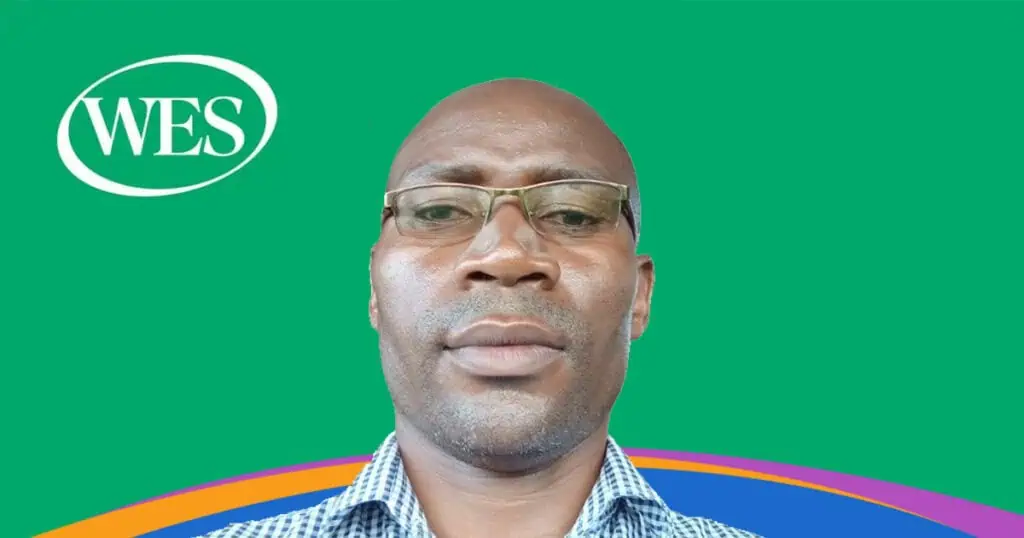Navigating the Professional Occupational Licensing Process in Canada
As an immigrant or Temporary Foreign Worker in Canada, the earlier you learn about the licensing process and requirements for your occupation, the more prepared you will be for long-term career planning and success.
In Canada, many professions and trades require that you obtain a license to legally practice. These are called “regulated professions.” This article will focus on professional occupations such as nursing and engineering rather than trades, which would include, for example, the work of an electrician or plumber.
Beginning The Licensing Process in Canada
The good news is that for many regulated professions, it is possible to start the licensing application process before arriving in Canada.
Contacting the regulator directly is the most reliable way to gather accurate information on requirements for licensure in each profession. This step is highly recommended, since second hand information can be incorrect or misleading.
Under Canada’s constitution, protecting the health and safety of the public by regulating certain professions is, for the most part, a provincial or territorial responsibility. Depending on the profession and where you wish to work, each province or territory will have a regulatory body you may need to apply to.
Generally, the mandate of professional licensing bodies is to protect the public by ensuring that license holders practice safely, competently, and ethically. Mostly, licensing bodies are authorized by provincial governments to grant legal licenses to practice a profession.
Licensing bodies are self-regulating; this means the government has delegated authority to those with the specialized knowledge required to set and maintain licensing standards, especially for professional competency and ethical conduct.
Researching Licensing and Professional Licensing Bodies
In navigating the licensing environment in Canada, one of the first steps is establishing whether your intended occupation is regulated by a licensing body or another authority. Here are a couple of helpful resources:
You may also begin your research online using the keywords “professional licensing bodies” and the name of the province or territory where you want to work. For example: “professional licensing bodies in Saskatchewan.”
While researching, you may come across terms of reference like “registration,” “membership,” “Canadian accredited credentials,” “non-accredited credentials,” or “outside of Canada credentials.” Try not to be overwhelmed by these distinctions.
These days, almost all licensing bodies in Canada have a dedicated webpages for internationally educated and trained applicants. The webpages generally have clear and helpful instructions on how to navigate the licensing process and requirements.
Structure and Complexities of Licensing Bodies
Each province and territory in Canada has a different number of regulatory bodies; for instance, there are about 55 in Ontario and 32 in Prince Edward Island. Some occupations are regulated in one province and not in another. These are some of the complexities you will notice while learning about licensed occupations in Canada.
In recent years, some provinces have created so-called “super licensing bodies” that regulate more than one occupation. For example, in September 2022, the British Columbia College of Oral Health Professionals (BCCOHP) was established, encompassing the College of Dental Hygienists of BC, College of Dental Surgeons of BC, College of Dental Technicians of BC, and College of Denturists of BC.
Similarly, the College of Allied Health Professionals of Prince Edward Island (CAHPPEI, the College) regulates the practice of Medical Laboratory Technology (MLT), Medical Radiation Technology (MRT), and Respiratory Therapy (RT) for the province of PEI. And the Newfoundland and Labrador Council of Health Professionals (NLCHP) regulates acupuncturists, audiologists, dental hygienists, medical laboratory technologists, midwives, respiratory therapists, and speech-language pathologists.
Although Canada has made progress in introducing national-level pathways to licensure for internationally educated applicants in many regulated professions, issuing a license remains the responsibility of provincial and territorial regulators.
On the other hand, for international academic credential evaluation for some occupations, especially in the health care sector, applying to a national body is required to start the licensure process. Examples of such bodies:
- Association of Canadian Occupational Therapy Regulatory Organizations (ACOTRO)
- Canadian Alliance of Dental Technology Regulators (CADTR)
- Canadian Alliance of Physiotherapy Regulators (CAPR)
- Canadian Board of Examiners for Professional Surveyors
- Canadian Counselling and Psychotherapy Association
- Canadian Society for Medical Laboratory Science (CSMLS)
- Federation of Law Societies of Canada
- Federation of Optometric Regulatory Authorities of Canada (FORAC)
- Medical Council of Canada (MCC)
- National Dental Assisting Examining Board (NDAEB)
- National Dental Examining Board of Canada (NDEB)
- National Association of Pharmacy Regulatory Authorities (NAPRA)
- Nursing Community Assessment Service (NCAS)
- National Nursing Assessment Service (NNAS)
Steps to Take Before Arriving in Canada
If you intend to continue your career in a regulated or licensed occupation, consider the following actions before you arrive in Canada:
- Identify the Canadian province you will be living and working in.
- Research the professional licensing requirements by contacting the appropriate licensing body in that province.
- Attend virtual information sessions organized by the licensing body or reputable third parties.
- Learn what the language competency requirements are and take steps toward fulfilling them.
- Prepare as much documentation as possible while you are in your home country or the country where you obtained your education.
- Submit your application, if the licensing body allows application submission without applicants physically being in Canada.
- If you have an approved permanent residence application from Immigration, Refugees and Citizenship Canada (IRCC) and have not yet arrived in Canada, utilize the pre-arrival services funded by the Canadian government, such as the Active Engagement and Integration Project (AEIP).
Steps to Take Upon Arriving in Canada
Once you have arrived in Canada, you will need to take additional measures to fulfill licensing requirements:
- Submit your application to the appropriate licensing body, if you have not done so already.
- Immerse yourself in learning about the licensing and registration requirements.
- Allocate time and financial resources to fulfilling the licensing requirements, a process that can include examinations, competency assessments, prior learning assessment and recognition (PLAR), or additional coursework.
- Communicate with the licensing body itself to gather all your information, instead of seeking or trusting second hand information.
- Register with one of the local settlement agencies in your province or territory and use its valuable services and resources.
Bridge Training Programs
Bridge Training Programs (BTP), available in Ontario and other provinces for many regulated occupations, can be very effective in fast-tracking the licensing process for internationally educated professionals.
Normally, BTPs are delivered in partnership with universities, colleges, licensing bodies, settlement agencies, and employer organizations. The BTP may be offered in person, online, or a combination of the two. You can participate part-time or full-time, in the daytime and evening, and even on weekends. Consult your licensing body’s website for information on relevant BTPs.
You may also want to investigate a “microloan” for financial support toward participating in a BTP or meeting licensing requirements.
International Academic Credential Evaluations
As part of the application process, you may need to provide an international academic credential evaluation report from a third-party service provider like World Education Services (WES).
It is important to consult the licensing body itself about its credential evaluation requirements and whether that body prefers a particular evaluation service or report, such as a detailed course-by-course evaluation report.
There are six international academic credential evaluation services in Canada. At WES, we greatly value the relationships we have with the licensing bodies in Canada. We partner with several of these regulators for evaluation in occupations such as accounting, engineering, geoscience, early childhood education, physiotherapy, and teaching.
Final Notes
Regulated professions in Canada continually strive to provide valuable resources and tools for immigrants wishing to continue their career in a licensed occupation. Yes, some shortcomings remain in the system, but making use of the available resources can markedly enhance your opportunities for success. If there is a Bridge Training Program for your occupation, that’s a very good place to start.





